Little Boy Blue 1897
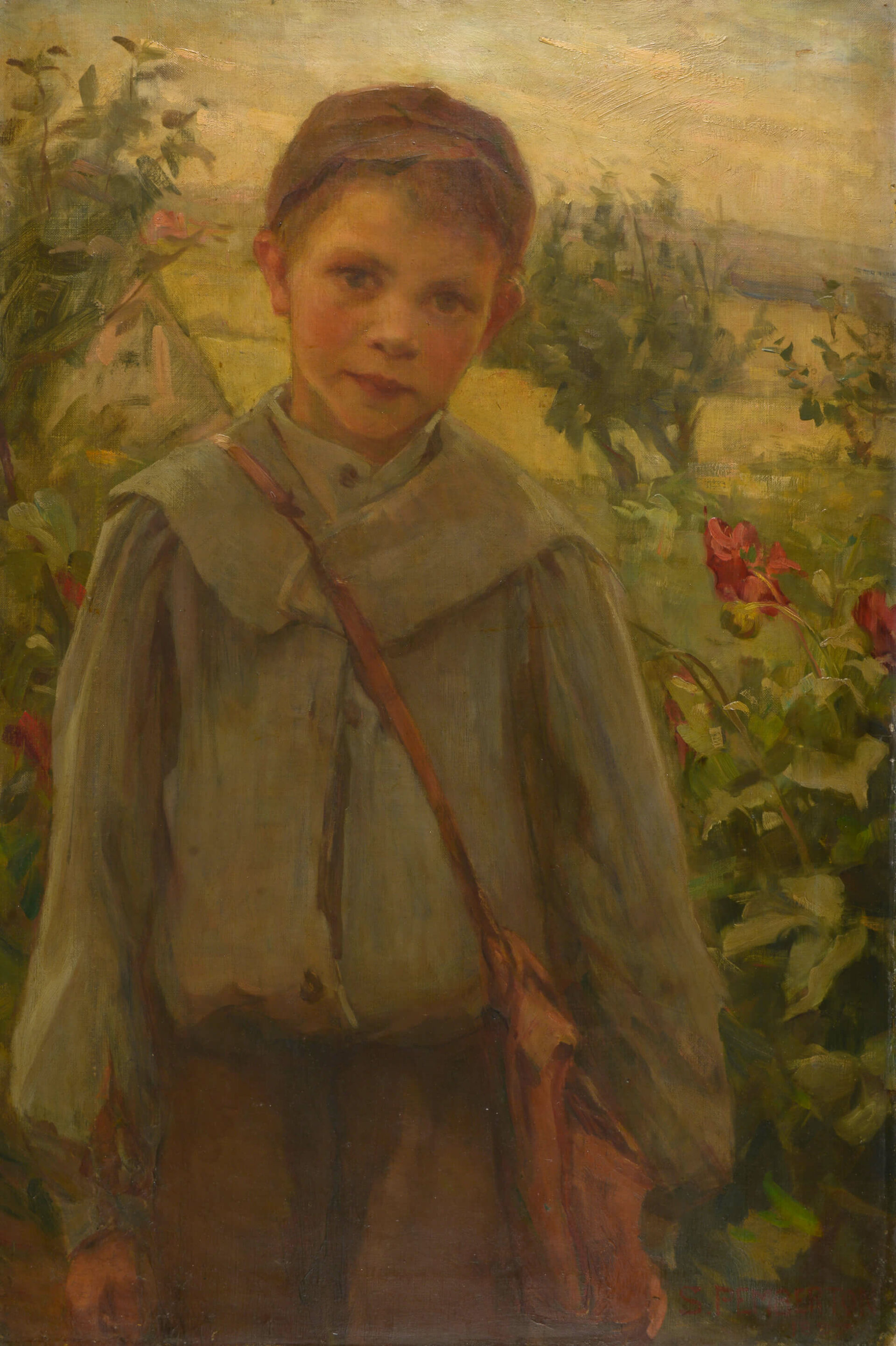
Sophie Pemberton, Little Boy Blue, 1897
Oil on canvas, 76 x 50.5 cm
Art Gallery of Greater Victoria
This figure study of a young boy wearing a smock-style blue shirt and a leather satchel over his shoulder is disarmingly candid. He pauses on his way across the fields to look directly at the viewer. The painting is important because, for the first time, Pemberton introduced elements of Impressionism into her realist style of portraiture. In comparison with Daffodils, 1897, painted the same year, it reveals her versatility as she experiments with broadening her style.
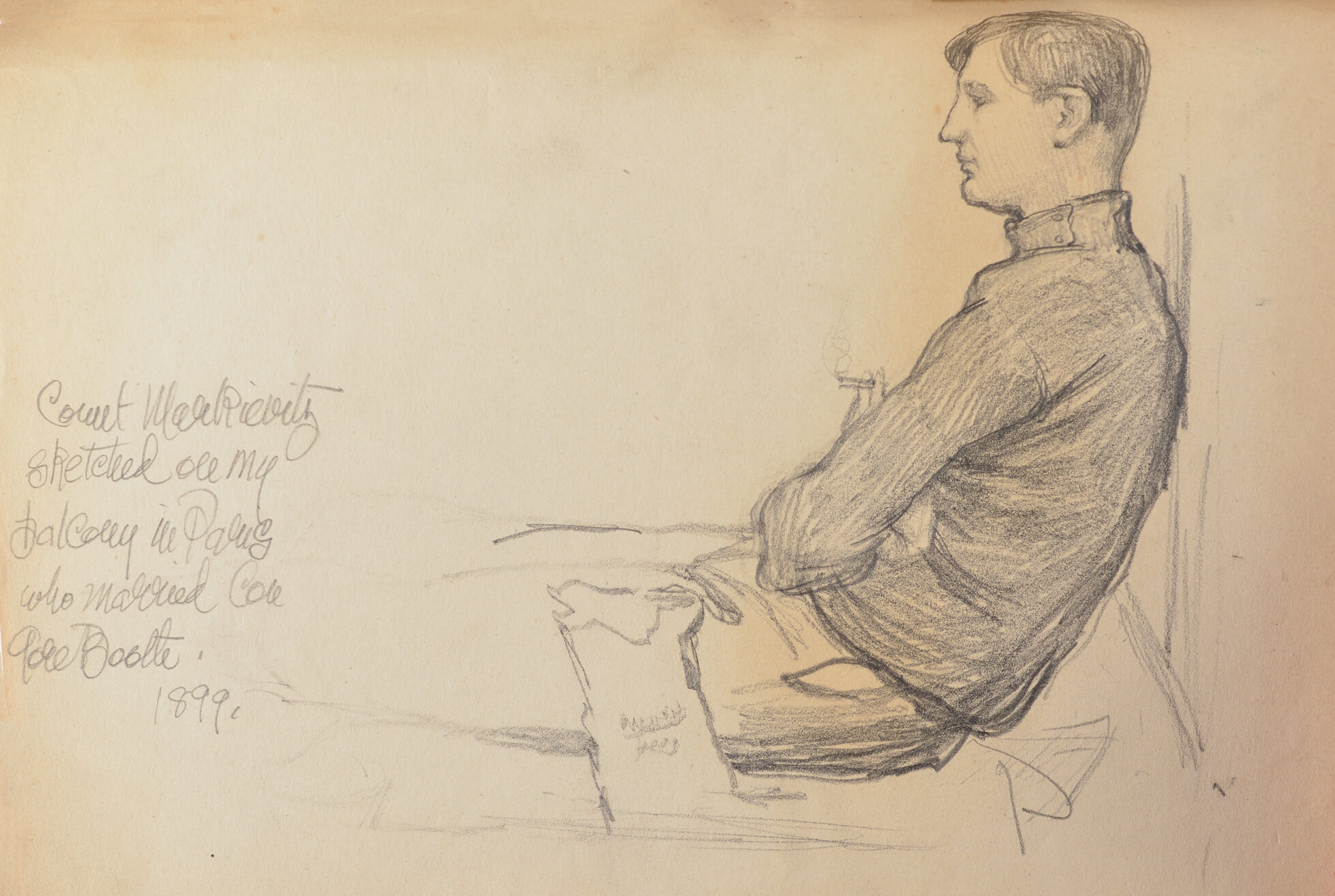
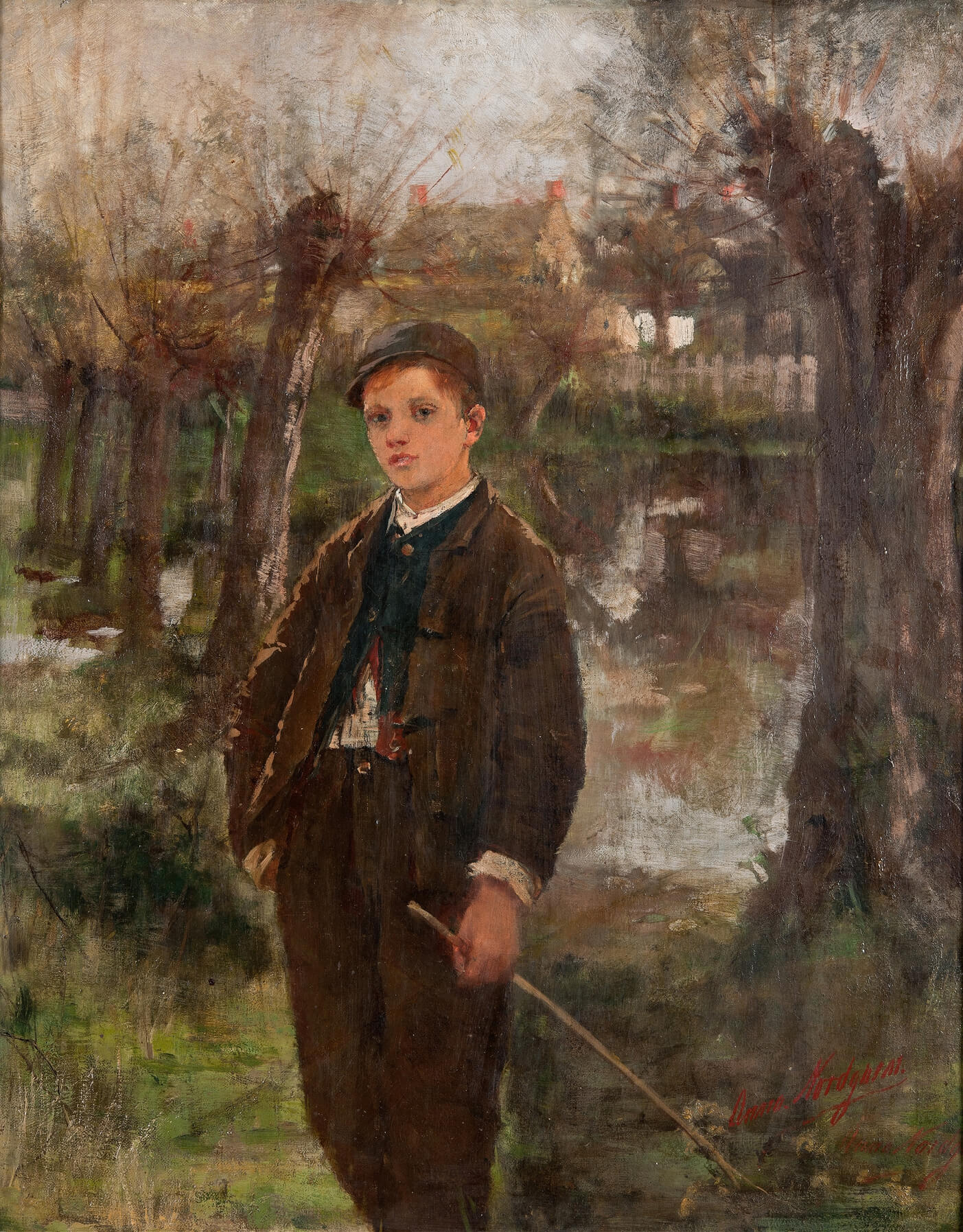
Pemberton may have painted the scene while she visited her friend Constance Gore-Booth (1868–1927) in Ireland during the summer of 1897. The canvas tent, red poppies, and golden grasses around the lad support this supposition, as does the hazy mountain in the distance, possibly Knocknarea, near Sligo, which is visible from Lissadell, the Gore-Booth estate. Other paintings from this trip vary in subject matter, with a focus on cottage interiors. Her style is varied, moving between flat and painterly brush strokes, Impressionistic backgrounds, and splashes of colour on a mixed brush.
Pemberton submitted this painting to the annual exhibition of the Royal Academy of Arts, and it was exhibited there in Gallery 9 in 1898. Like Daffodils, it was one of the few paintings illustrated in Academy Notes. The Lady’s Pictorial wrote: “Miss Sophie Pemberton shows French influence in ‘Little Boy Blue’ in which the colour is nicely felt; the modelling of the head is good, and the flesh tones are soft and pure.”1 Later that year it hung at the Walker Art Gallery in Liverpool, listed with a purchase price of £30. In 1899 Pemberton retitled it for a French audience as Un retour de l’École and submitted it successfully to the Paris Salon.2 Since the mid-twentieth century, it has been exhibited frequently, becoming one of her “signature” pieces.
Pemberton’s Swedish friend Anna Nordgren (1847–1916) was well connected in the London art scene and became an important mentor. Her Portrait of a Boy, n.d., shows some similarities to Pemberton’s study and is also in the Impressionist style. Nordgren’s interest in the working classes as subject matter may have influenced Pemberton to move away from her focus on women at leisure.

 About the Author
About the Author
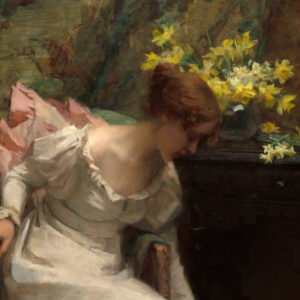 More Online Art Books
More Online Art Books
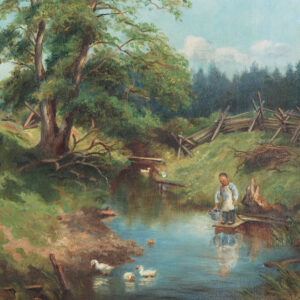 Acknowledgements
Acknowledgements